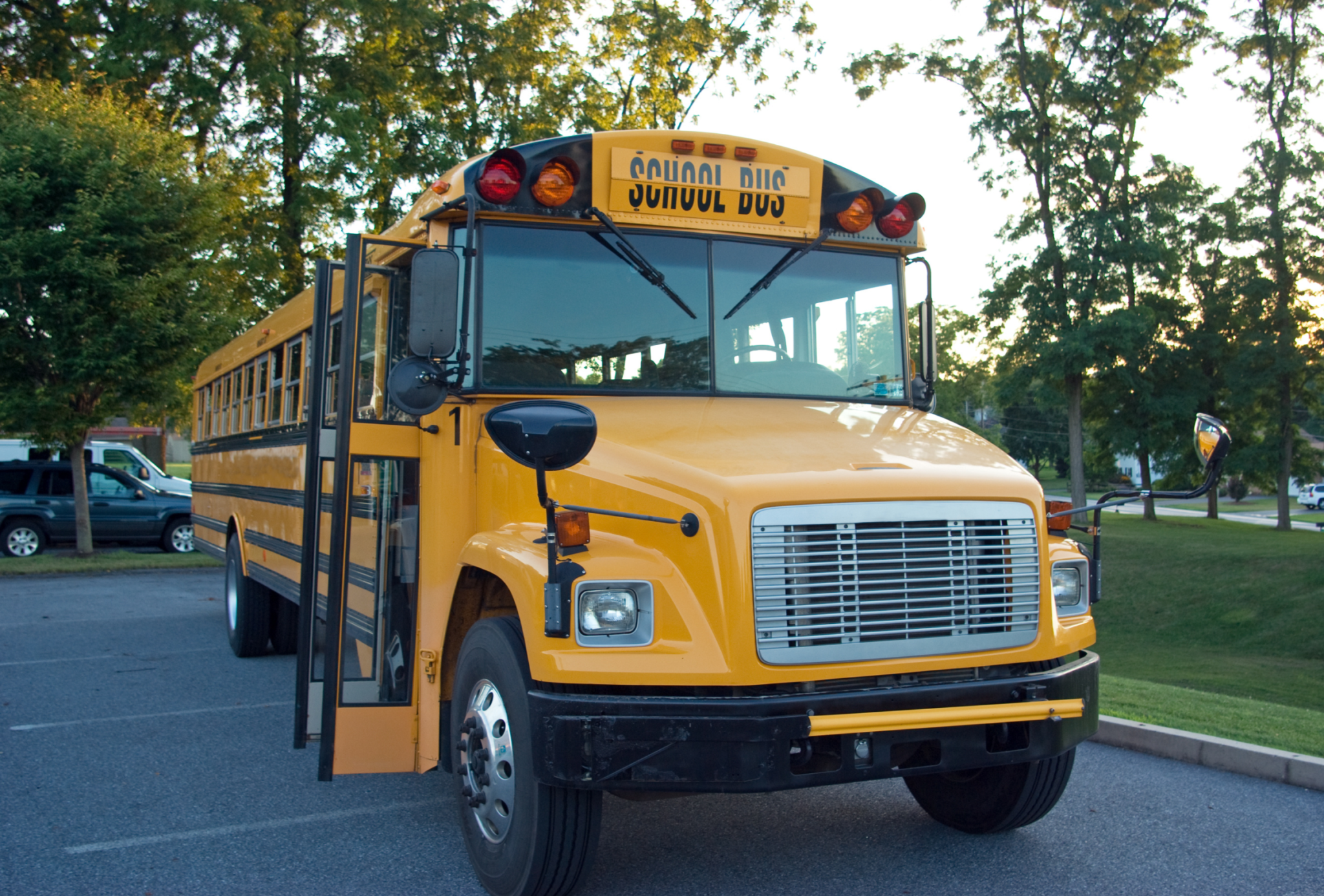
Smarter Fleets, Safer Roads: The Future of School Transportation
Our experience in the field of fleet safety has shown us firsthand that integrating cutting-edge technologies into school transportation can make a measurable difference. With next-generation dashcams and GPS systems, we are not just reacting to incidents but preventing them. Below is our concise listicle of key ways these technologies are revolutionizing school safety and campus security.
1. Embrace AI-Enabled Dashcams for Enhanced Safety
Modern dashcams are much more than video recorders – they are intelligent systems that monitor road conditions and driver behavior in real time. By using AI-powered features, these cameras can:
- Automatically detect risky driving practices, such as harsh braking or rapid acceleration.
- Provide comprehensive incident documentation to clarify events immediately after an incident.
- Facilitate immediate alerts and proactive intervention, ensuring that any potential safety issue is addressed without delay.
- For school fleets, these systems aren’t just about vehicles—they help ensure that students are safe while they’re on the bus, with dome and cabin-facing cameras that offer complete visibility in real time.
For school fleets, these systems are instrumental in reducing accidents and encouraging safer driving behaviors. Our own solutions, including offerings like the TrackCam 360 camera system are designed to give you a panoramic view of vehicle activity.
2. Real-Time Incident Response Through Live Monitoring
Instant access to live video feeds and automated alerts means that incidents can be managed more effectively. Here’s how real-time monitoring transforms school safety:
- Immediate Verification: Coaches or safety personnel can verify situations instantly, enabling rapid response.
- Evidence-Based Decisions: Clear video documentation helps quickly determine the facts, reducing uncertainties during investigations.
- Peace of Mind: Parents and school administrators benefit from knowing that any incident is being closely monitored as it unfolds.
By harnessing live streaming and on-demand video access, school fleets can remain one step ahead in protecting students and drivers.
3. Integrated GPS Tracking for Smarter Routes and Asset Security
Next-generation GPS tracking systems go beyond simple location tracking. They ensure that every school bus and transport asset is visible in real time. Key benefits include:
- Optimized Routing: Dynamic route adjustments based on traffic and road conditions help maintain schedules and reduce delays.
- Asset Management: Ensures that all school vehicles are accounted for 24/7, minimizing the possibility of misplacement or theft.
- Data-Driven Insights: Comprehensive reporting empowers fleet managers to pinpoint inefficiencies and plan maintenance ahead of time.
- Short Stop Visibility: Unlike most basic GPS platforms, advanced systems like Geotab GO allow for “Short Stop” tracking—identifying idling under 4 minutes to capture precise student pickup and drop-off locations, a feature critical to verifying service and safety at every stop.
When combined with dashcam footage, these systems provide a holistic view of both student transport and campus operations.
4. Proactive Driver Coaching and Behavior Monitoring
Dashcams integrated with AI algorithms can record and analyze driver behaviors, providing invaluable feedback for improving safety. This approach includes:
- Targeted Training: Identifying risky driving patterns helps focus specific training efforts on individual drivers.
- Behavioral Analytics: Video evidence supports constructive feedback and coaching, resulting in safer driving habits over time.
- Reinforcement of Policies: Consistent monitoring encourages adherence to school transportation safety protocols and regulatory compliance.
Through ongoing performance reviews, school fleets can significantly reduce accident rates and improve overall driving performance.
5. Cost-Effective Implementation and Maintenance
Investing in advanced safety technology can appear costly; however, the long-term savings and benefits far outweigh the initial expenditure. Consider these points:
- Reduced Maintenance Costs: Predictive insights from both dashcams and GPS systems help manage preemptive maintenance, reducing unexpected repair expenses.
- Lower Insurance Claims: Accurate incident documentation minimizes fraudulent claims and leads to more favorable insurance premiums.
- Resource Optimization: Automated systems reduce the need for extensive manual oversight, allowing staff to focus on other critical tasks.
By optimizing operations, these technologies enable schools to allocate budget resources more efficiently while keeping student safety at the forefront.
6. Customizable Solutions That Scale With Your Fleet
No two school districts are exactly alike. The beauty of next-gen safety solutions is their flexibility and scalability:
- Tailored Configurations: Whether you have a handful of buses or a large fleet, systems can be customized to meet your specific requirements.
- Modular Integration: Start with essential features and add advanced modules such as AI behavior alerts or predictive maintenance as needed.
- Future-Proofing: Continuous updates and new feature rollouts ensure that your safety system evolves along with technological advancements.
This flexibility ensures that as your transport needs grow or change, your safety investments remain relevant and effective.
Upgrading your transportation technology doesn’t have to mean overhauling your entire system. With customizable solutions like AI dashcams, “Short Stop” GPS reporting, and real-time vehicle diagnostics, districts can take a phased approach that fits their needs and budget. In Part 2, we’ll explore how these same tools are enhancing campus security and building stronger safety cultures across school communities.
